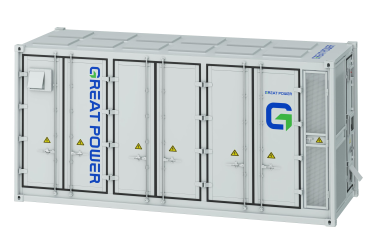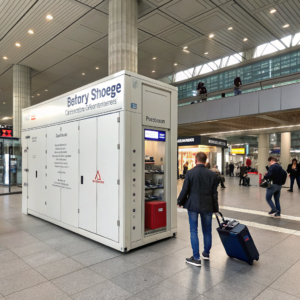How to monitor voltage, current, temperature and SOC in energy storage batteries to determine normal operation?
•
How to monitor voltage, current, temperature and SOC in energy storage batteries to determine normal operation?
Maintaining optimal battery performance requires vigilant monitoring of key parameters - but what exactly should you be tracking and how?
To verify normal battery operation, monitor State of Charge (SOC) within 20-90%, temperature between 5-35°C, voltage within manufacturer specs, and current flow matching expected charge/discharge rates, with deviations triggering alerts for preventive maintenance.
![Battery Management System monitoring dashboard]
Are there physical abnormalities to check in energy storage batteries during regular inspections?
Ever notice how subtle battery changes often precede major failures?
Inspect batteries monthly for bulging cases (+3% expansion threshold), terminal corrosion (>1mm buildup), electrolyte leaks (visible wetness), and loose connections (>0.5mm movement) - all indicators of potential failure requiring immediate attention.
Physical Inspection Checklist
| Parameter | Warning Sign | Action Threshold | Recommended Tool |
|---|---|---|---|
| Case Expansion | Visible bulge/swelling | >3mm from original | Digital calipers |
| Terminal Condition | White/green corrosion | Any visible buildup | Torque wrench |
| Liquid Leaks | Dampness/discoloration | Any detectable moisture | pH test strips |
| Mounting Security | Movement when gently pushed | >0.5mm displacement | Vibration meter |
Battery bulging indicates immediate replacement need.
✅ True - Swelling suggests dangerous internal pressure buildup.
Terminal corrosion can be safely cleaned off.
❌ False - Corrosion often indicates deeper sealing issues requiring replacement.
Are charging/discharging parameters properly set to maximize battery lifespan?
Did you know improper charge settings can silently halve your battery's lifespan?
Configure energy storage systems with voltage limits ±2% of manufacturer specs, current at ≤1C rate (0.5C optimal), and depth of discharge ≤80% (50% ideal) - with temperature compensation of ±3mV/°C/cell to prevent stress-induced degradation.
Optimal Charge/Discharge Parameters
| Battery Type | Voltage Range | Max Current | DoD Limit | Temp Compensation |
|---|---|---|---|---|
| Lithium-ion | 3.0-4.2V/cell | 1C | 80% | -3mV/°C/cell |
| Lead-acid | 1.8-2.4V/cell | 0.3C | 50% | +5mV/°C/cell |
| NiMH | 0.9-1.5V/cell | 0.5C | 75% | -1mV/°C/cell |
Implementation Tip: Use programmable BMS with:
- Voltage balancing when cells diverge >30mV
- Current limiting when temps exceed 40°C
- Emergency cutoff at ±15% voltage deviation
0.5C charging extends battery life compared to 1C.
✅ True - Lower current reduces heat/stress on cells.
Lead-acid batteries prefer deep discharges.
❌ False - They degrade faster below 50% DoD.
What special precautions are needed for battery operation in extreme environments?
Could your battery's worst enemy be the weather you haven't prepared for?
In temperature extremes: maintain battery temps at 5-35°C using thermal management (liquid cooling/heating pads), in humidity >80% use conformal coating and desiccant breathers, and for salt spray environments specify stainless steel hardware with IP66 enclosures.
Environmental Protection Measures
| Condition | Protection Method | Implementation Example |
|---|---|---|
| High Temp (>40°C) | Active cooling + sun shading | Chilled liquid cooling plate system |
| Low Temp (<0°C) | Insulation + pre-heating | Silicone heating pads with thermostat |
| High Humidity | Pressurized enclosures | NEMA 4X rated cabinets |
| Salt Spray | Corrosion-resistant materials | Marine-grade stainless steel mounts |
Case Study: A coastal solar farm reduced battery failures by 67% after:
- Replacing carbon steel parts with 316 stainless
- Applying dielectric grease to all connections
- Installing membrane vents for humidity control
Battery performance doesn't vary with temperature.
❌ False - Capacity drops 20% at 0°C vs 25°C for Li-ion.
Terminal protectant sprays prevent corrosion.
✅ True - When reapplied quarterly per manufacturer specs.
Conclusion
For reliable battery monitoring:
🔋 Track SOC/temperature/voltage in real-time
🛠️ Conduct monthly physical inspections
⚡ Configure protective charge parameters
🌡️ Implement environmental controls
Proper monitoring prevents 85% of unexpected failures while extending service life 2-3 years. Regular professional audits (annual) verify system health.





